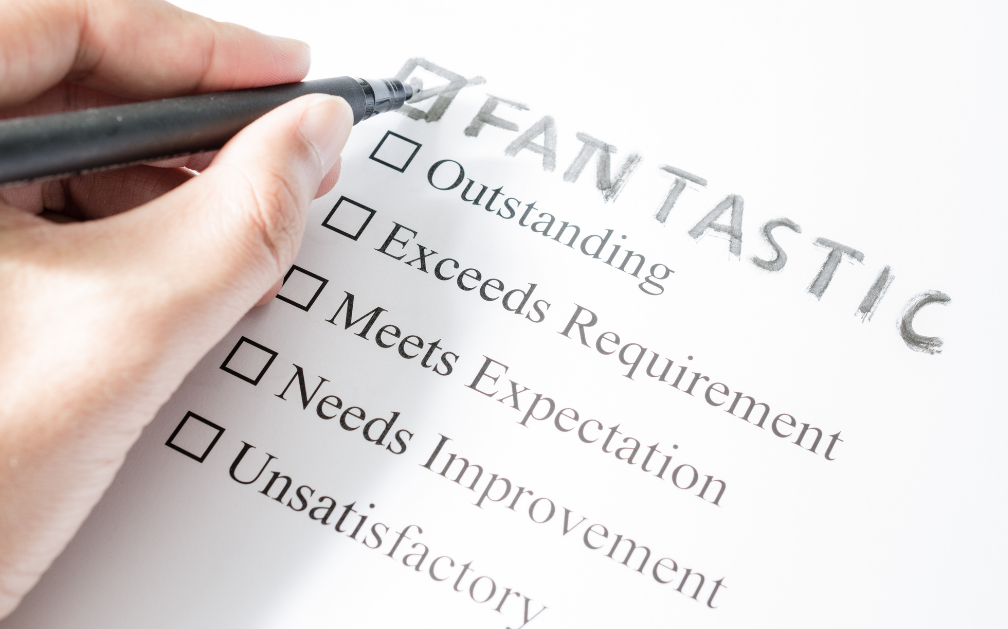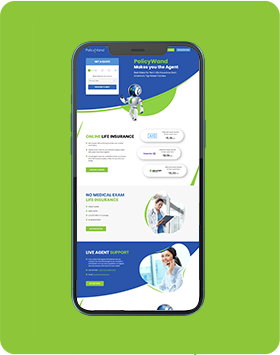If you’ve just begun your search for life insurance, whether it’s an affordable term life policy or a more expensive premium policy, every life insurance application goes through an underwriting process to determine your risk—the odds the insurance company will have to pay out a death benefit.
They assess your life expectancy based on “morbidity” and lifestyle factors according to what’s called a table rate. Once you’ve been classified by one insurance company, that’s your risk profile no matter what insurance company you choose to go with. Life insurance underwriting classes are stagnant. Once you’re ranked, you’re ranked for good.
That is not to say you can’t get a better rate within your classification later if you give up a prohibitive habit like smoking. But your risk classification is stagnant.
How Are Life Insurance Risk Classifications Assessed?
After you’ve applied for a policy, professional underwriters review your health and lifestyle history. They look at your:
- Current physical condition
- Your height and weight
- Your age
- Your family health history
- Lifestyle (smoking, alcohol consumption, occupation, and hobbies)
- Driving record
- Criminal record
- Financial status
They use this information to classify you into five categories from less risk to high risk. The less risk, the less you pay. The more risk, the more you pay. The following describes each underwriting class.
Preferred Best
Also known as Preferred Select, this is the life insurance winner’s circle. As in, it’s a class that only those with a nearly risk-free lifestyle can enter and enjoy the very lowest premium rate.
Below are the qualifications you need to get into this class:
- You’re in excellent health with superb vitals and lab results.
- You’re a normal weight for your height.
- You have no pre-existing conditions.
- Your family history is clear of life-threatening conditions.
- You don’t engage in any risky hobbies.
- If you’ve been a smoker, you’ve been smoke-free for 5 years or more.
- You have no history of cancer.
- You have no history of heart disease.
- Your driving record is spotless.
Preferred
Think of Preferred as Preferred Best Lite. Your risk isn’t the lowest, but it’s better than average, so your rate will be, too.
These are the factors you need to qualify for this class:
- You don’t smoke.
- You have a few minor medical issues such as high blood pressure.
- You’re slightly overweight.
- You’re taking medication as prescribed for any chronic conditions such as a mental disorder or high blood pressure.
- If you’re diabetic, you’re managing it well.
- Your family history contains no more than a few conditions that insurance carriers consider risky.
Standard
This is the class most of us rank for. These aren’t ideal factors, but they will let you into this class, which qualifies you for an affordable rate:
- You’re overweight.
- You have multiple health issues.
- You’ve got a couple of dings on your driving record.
- You engage in dangerous hobbies only a couple of times a year.
- You’ve been smoke-free for at least a year.
Substandard Rated
If you fall into this class, your application hasn’t failed to the point of being declined a life insurance policy, but the factors holding you back from obtaining a higher classification and lower rate are listed below:
- You’re obese.
- You have multiple health issues.
- You’ve got a problematic driving record.
- You engage in dangerous hobbies often.
- You have a history of alcohol or drug abuse.
- You suffer from severe asthma.
- You live with bipolar disorder.
- You’re epileptic.
- You’re living with Multiple Sclerosis.
- You’re Type 1 Diabetic.
Uninsurable
Again, life insurance is based on the odds the insurance carrier will have to pay out a death benefit. Unfortunately, the following factors will result in a declined application:
- You’re currently abusing alcohol or drugs, or have recently been treated for alcohol or drug abuse.
- You suffer from cirrhosis.
- You’re undergoing cancer treatment.
- You’ve suffered a recent heart attack.
- You’re living with HIV.
- You’ve been hospitalized for a mental illness in the past year.
- You’ve attempted suicide in the past year.
If you have been declined, there are things you can do to help you obtain at least some coverage.
Being labeled is distasteful but necessary throughout the insurance industry. It’s a bottom-line issue. The more a life insurance company has to pay out in death benefits, the fewer people they can afford to cover.







